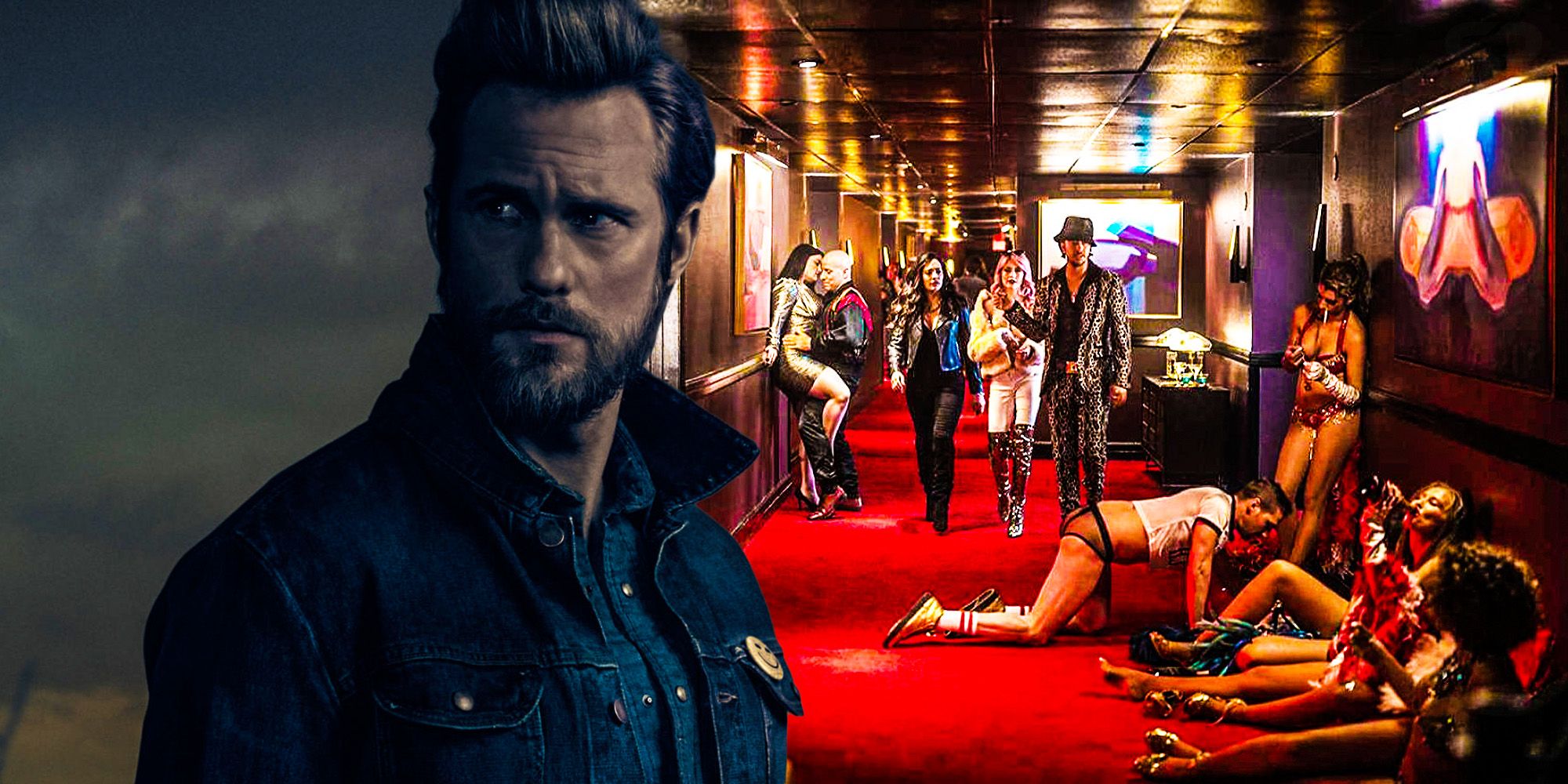
2020’s The Stand miniseries screwed up a lot of elements from Stephen King’s source novel, but the mishandling of Randall Flagg’s Las Vegas is particularly egregious. Released in 2020, The Stand was the second big-budget adaptation of horror icon Stephen King’s doorstopper novel of the same name. Where some King adaptations like Lisey’s Story owe their inspiration to the author’s real life, The Stand was a fantasy horror story with a more epic scope.
A post-apocalyptic story, The Stand follows two groups of survivors attempting to rebuild civilization after a pandemic wipes out much of the planet. The story may seem poorly timed given the events of 2020, but the problems of the miniseries went deeper than mere poor taste. The Stand’s 2020 retelling was plagued by confusing storytelling, pointless subplots, and unnecessary alterations to key characters.
In the Stephen King novel and 1994 miniseries, The Stand’s villain Randall Flagg is a fascist despot as well as a supernatural demon, and he rules Las Vegas with an iron fist. His word is law, as many unfortunates find out when they are caught indulging in forbidden vices like drugs and alcohol and publicly crucified. This power is what leads characters like the Trashcan Man to devote their lives to Flagg, with his followers seeing him as a stand-in for God in their new world. In case the on-the-nose symbolism of crucifying misbehaving citizens was not clear enough, the point of Flagg’s version of Las Vegas is that the character represents uber-conservative, far-right religious zealots like many of King’s famous villains (The Mist’s Ms. Carmody, Carrie’s Margaret White). The 2020 miniseries The Stand, however, reimagined the character’s version of Las Vegas as a den of unbridled debauchery — and proved Flagg right as a result.

Not only did this element of the new adaptation of The Stand diverge from the book, but it also made Vegas seem less scary and more chaotic. Moreover, this choice also unintentionally reinforced the original Flagg’s worldview that anyone trying to rebuild society must abstain from drinking, drugs, and promiscuity to maintain their integrity and obey their leader with a clear head. By depicting Las Vegas as a party city with no rules and no apparent ruler, 2020’s version of The Stand argued for the original Flagg’s claim that people needed harsh and brutal discipline lest they descend into barbarism. It’s a brutal and cruel way to see power, but one that the 2020 miniseries proves right when Flagg’s city falls apart thanks to its loose structure and splintered groups of survivors constantly in-fighting.
Not only that but, despite being played by a similarly famous Skarsgaard sibling, The Stand’s Randall Flagg was no Pennywise and few fans of King found this villain to be particularly scary or threatening. The decision to turn his version of Vegas into a sinful free-for-all likely contributed to this, as there is little less scary than a supposedly threatening leader who lets his followers run amok. This change meant that any real-life parallels whether to far-right politicians or extremist groups were lost by Flagg being a permissive, uncaring leader, unlike his inspirations. The Stand got a lot of Stephen King's story wrong, but this may have been the biggest misstep the miniseries made along the way.
from ScreenRant - Feed https://ift.tt/370yn2E


0 Comments